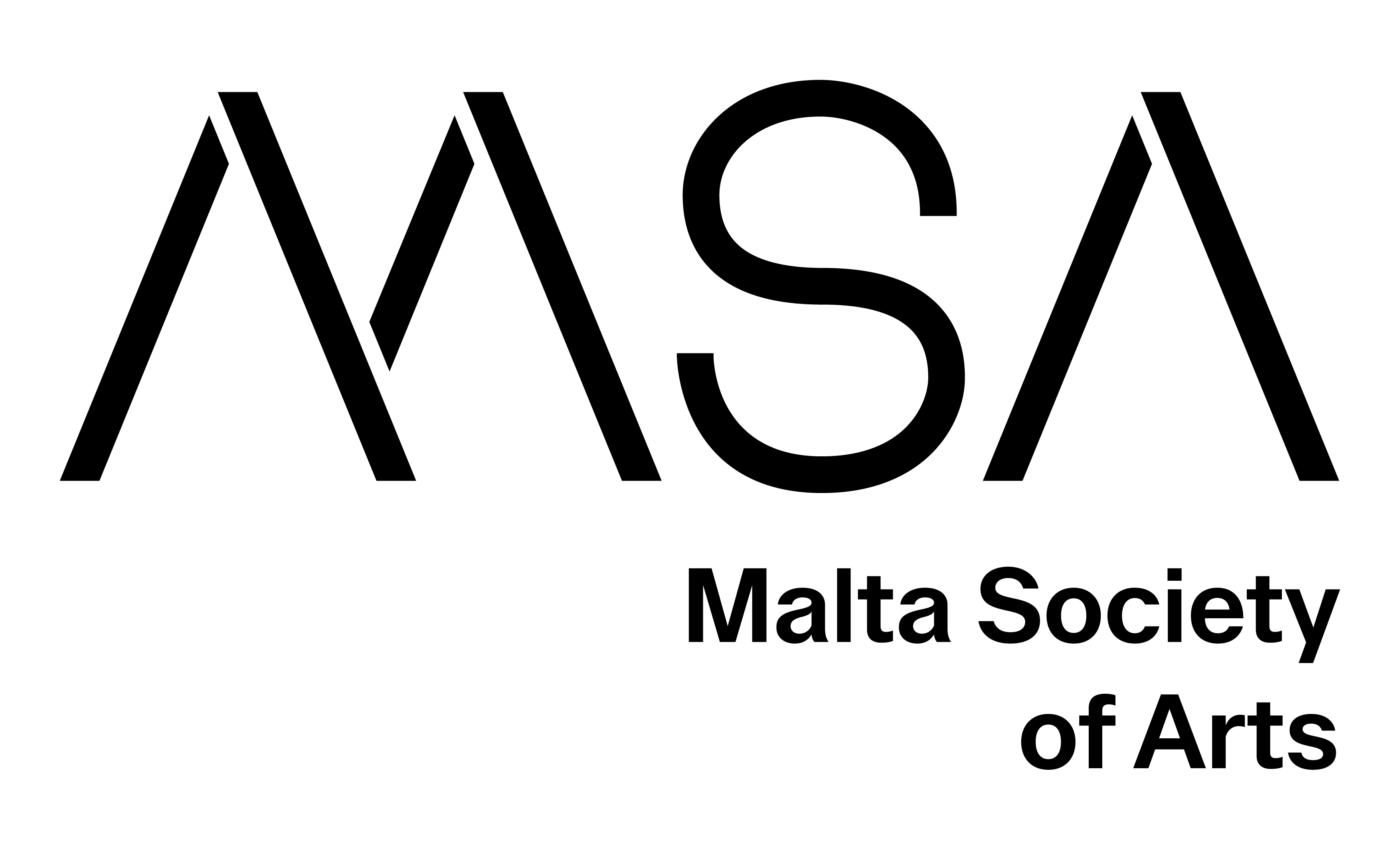This conference presentation will delve into the complex relationship between pain and pleasure, in particular caused by capsaicin, the active substance found in chili peppers. It is estimated that half the world's population craves capsaicin, which is often described as a stimulant or aphrodisiac. Recent research has shown a link between capsaicin and serotonin, the hormone associated with love and happiness.
The relationship between food and pleasure is a complex and multifaceted topic that has been studied extensively in psychology, neuroscience, and nutrition. This conference presentation will explore how people think about and experience pleasure in relation to food. Specifically, we will examine the role of pleasure in food choices and how it can be influenced by various factors such as cultural norms, personal preferences, and physiological processes. Additionally, we will investigate the phenomenon of "painful pleasure" and how certain forms of pain can actually enhance the pleasure of eating.
Chili Pepper Pleasure is an empiric contribution to our food literacy, specifically concerning the biochemistry and cultural history of the pleasure of pain in cuisine where chili pepper is a central ingredient. Presenting the empirical learning experience of a Performative Tasting Meditation as a methodology for understanding the biochemistry of food and our brains and the relation between stimulation, perception, subjectivity, and taste. It aims to promote cultural flexibility and learning about ourselves and others in relation to pain and pleasure in food.
The presentation will cover the following main themes:
Awareness of feeling and the body as a sensory machine.
The development of taste and the cultural development of taste.
Cultural histories of food and the journey of capsaicin family plants moved by traders and colonizers.
The pleasure of chili food cultures, the cultures of enjoying and appreciating food and food as an art medium.
At a Biochemical level: capsaicin, pain receptors, serotonin, personalized bliss point of chili pepper pleasure.
Maro Pebo is a curator and artist specialist in the cultural dimensions of biology and medicine. Ph.D. in Creative Media, MA in Critical and Gender Studies. Her transdisciplinary work complements and transforms the life sciences' responsibility to think about the materiality of the living.
Her research and art has been displayed, presented, and published internationally. Her current research lines are, on the one hand, endosymbiosis, or how species evolve and survive together in trans-species relations, and on the other, decolonial practices and artistic archeologies of Mesoamerican knowledge.
Born in Mexico City and based in the Netherlands Maro Pebo currently curates exhibitions, projects, and events in art and science at Waag. She develops learning situations where artist-led research supports critical perspectives on technoscience.
Roland van Dierendonck (NL, 1991) is an artist, biologist and PhD researcher at the Lab4Living, Sheffield Hallam University, translating human-microbe connections into sensory experiences using haptics (touch) and microscopy. Roland has had a long interest in food-related events and workshops, including the Ecosystematic Lunch (Utrecht, 2017), Jörð (2021) and the Riverbank Buffet (Linz, 2021).
Back







